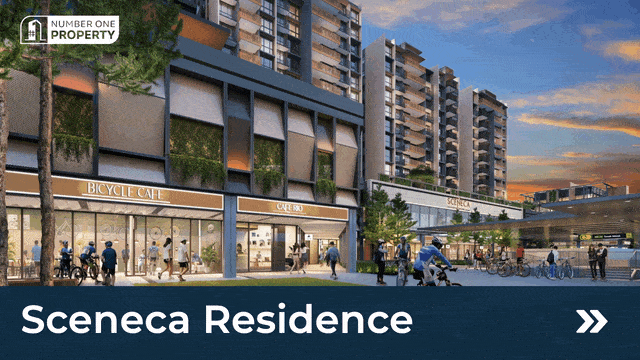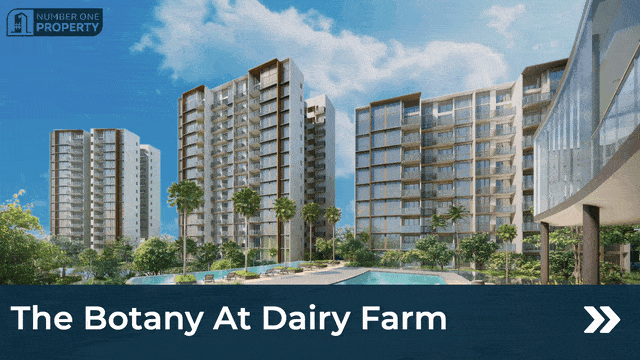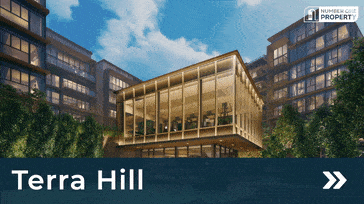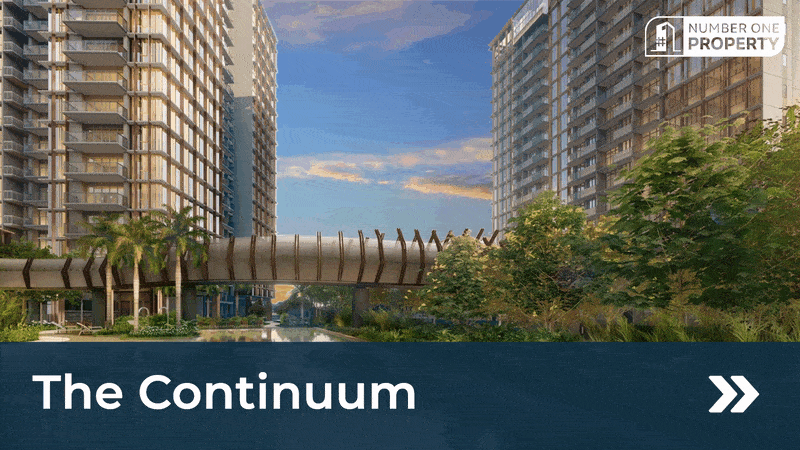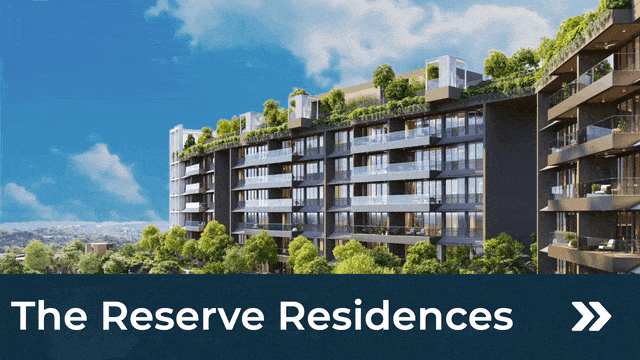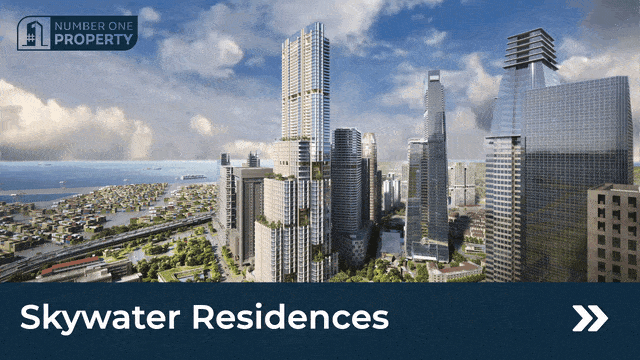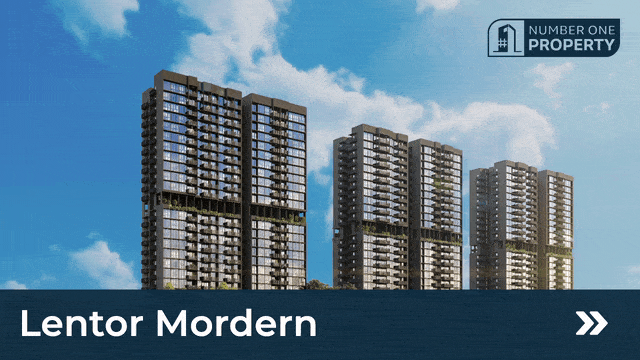List Of Getting Around Singapore: Types of Transportation in singapore
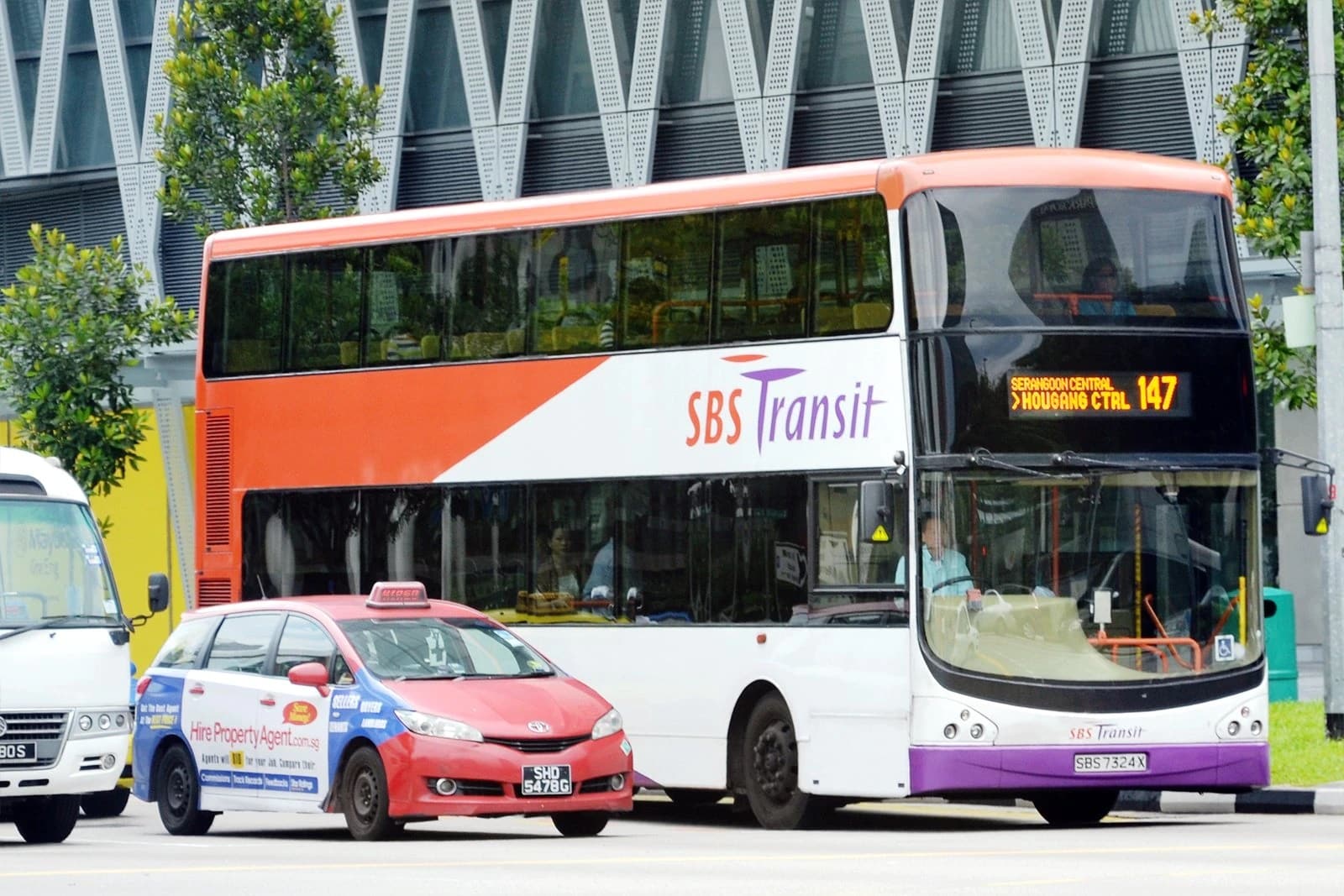
Getting Around Singapore: Types of Transportation
Introduction :
The land is where most transportation takes place in Singapore.The public road access is available to several locations in Singapore, including Sentosa Island and Jurong Island. Rail is another important mode of transport in Singapore, with Mass Rapid Transit (MRT) running the whole length and breadth of the island and Light Rail Transit (LRT) operating within a few neighborhoods. Singapore’s outlying islands get connected to the main island by ferry services.
Based on five factors—availability, affordability, efficiency, convenience, and sustainability—the Urban Transportation report ranked Singapore’s transportation system as the best in the world overall. According to a survey by the London consulting firm Credo, Singapore also has one of the most economical public transportation systems in the entire globe. With the advent of driverless cars, Singapore is currently one of the top destinations for autonomous vehicle testing and industry development
What is the main form of transportation in Singapore?
MRT:
The fastest way to go about Singapore is undoubtedly the MRT (Mass Rapid Transit) system. Most of our well-known sights are only a short stroll from an MRT station, making our trains an excellent means of transportation. For MRT travel, visitors have the following choices:
- Purchase a Singapore Tourist Pass (STP), a special ez-link card stored-value card that allows you unrestricted travel for one day (S$10), two days (S$16), or three days (S$20).
- You are permitted to pay for public transportation in Singapore using your Mastercard® and Visa contactless bank cards get issued outside of Singapore.
- Adult Stored Value Smartcards (EZ-Link rechargeable card / Nets FlashPay): These cards cost $12, card value, and include a $7 stored value that you can use for your commute. This card can bring at any Transitlink ticket office or convenience store.
By bus:
There are two double-decker public bus travel. The bus system in Singapore includes a network of roads that go to most locations there.
In addition to being a cost-effective method of transportation, it is also one of the most picturesque. You may relax in air-conditioned luxury while taking in the stunning architecture and rich vegetation of our “city in a garden.”
By taxi:
Taxis are a comfortable and convenient way to get to places that are not accessible by bus or MRT. There may be extra charge during night time, depending on where, when, and which company’s taxi you board; however, the cabs here get metered. For a quick and simple comparison, you can also visit this website.
What is the Public Transport in Singapore?
Our lives would not be complete without public transport. But it may make or destroy your day. Everybody has experienced a rail failure, a crowded and late bus, or paid a hefty sum for a car-sharing trip during peak hours. Whether it’s a daily commute or a quick trip to Singapore, don’t worry; we’re here to plan your excursions on public transportation.
Trains:
The Mass Rapid Transit system, or MRT, is the most convenient regular mode of transportation in Singapore because it is conveniently situated close to the city’s major attractions. Wheelchair users, the blind, and families with strollers may all board most trains and enter stations.
Every day, from morning 5.30 until almost midnight, trains run, with extended hours on some public holidays. Trains should come every two to three minutes during evening peak hours and every five to seven minutes during non-peak hours. The North-South (red), North-East (purple), East-West (green), Circle (yellow), Downtown (blue), and Thomson-East Coast (green) lines of the MRT are color-coded for ease of reference (brown).
Buses:
Singapore’s charming streets are a sight to behold! Singapore has several buses, many of which serve the same routes while being far more complicated than the MRT system. Most are also air-conditioned and wheelchair-accessible. Learn about your destination and examine the precise bus routes posted at each bus stop.The public bus transport service runs from approximately morning 5.30 until afternoon 12.30, much like trains do. Take a night bus if you plan to stay out later than you should.
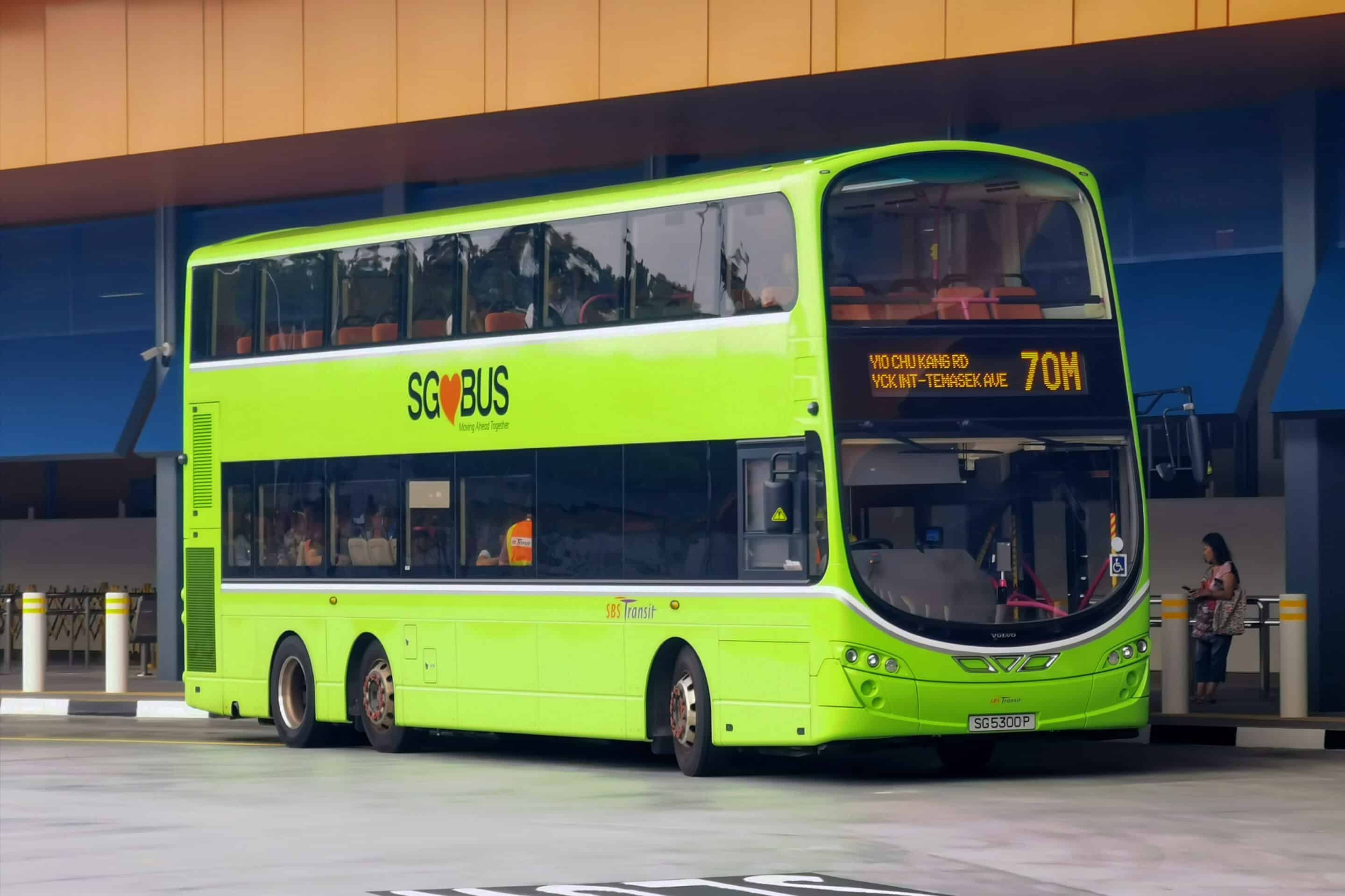
Taxi:
Taxis here are inexpensive compared to big cities like New York, Hong Kong, and London. One is simple to hail on the street or through applications like ComfortDelGro. Additionally, you now have more alternatives available to you. Alternatively, you can wait in line at the taxi stands found at most hotels, resorts, and tourist destinations.

What is active mobility in Singapore?
In many nations, active transportation methods like cycling and walking get promoted. Singapore promotes vigorous efforts to increase the number of people who commute by walking and cycling to attain “car-lite” transport. Understanding users’ current attitudes and views of a preferred mode of transportation is crucial for developing an appropriate transportation network and related programs. This study uses focus groups and one-on-one interviews as two qualitative methodologies to better understand how adults and older people in Singapore perceive the benefits, drawbacks, possibilities, and challenges of walking and bicycling.
Although users believed that more should do to improve the bike infrastructure, such as by providing wider paths and parking facilities, they were satisfied with the walking infrastructure. Overall, people showed higher favorable opinions toward cycling than toward walking. Users want to encourage walking and cycling through work incentives like flexible operating hours. One essential strategy to improve safety and efficient facility sharing was to educate all road users, including motor vehicles, bicycles, and pedestrians.
Taxis & Private Hire Cars in Singapore:
In Singapore, you can hail a cab from the street or designated taxi stands or use a mobile app to schedule transport at any time. There are numerous ways to go from place to place using taxis or private hire cars (PHCs). Both can reserve via telephone or mobile apps and can call at designated taxi stands or stops from the side of the road.
Taxi metered fares are set depending on distance, and surcharges may apply. The current street-hail fare regulations remain unchanged. Street-hail journeys will still be subject to metered fees. The new rules will ensure that licensed ride-hail service providers can continue to offer metered rate journeys in water taxis for ride-hail excursions. The ability to autonomously determine prices for ride-hail trips in taxis and PHCs will also be available to licensed ride-hail service operators. The flat rate to be charged by authorized ride-hail service operators for taxi and PHC bookings must be made clear within the app and disclosed upfront to the commuter.
Fares & payment methods for taxis:
In Singapore, private sectors companies set exclusive rates for rides. All fares get metered, and they differ between taxi companies. Depending on the date and kind of reservation, the location, and the taxi model, there can be extra fees. The Land Transport Authority and the Public Transport Council collaborate with operators to maintain standardization and clarity in essential aspects of fares.
Driving in Singapore:
Regulations & rules:
- To navigate Singapore safely, you’ll need to know the following laws and driving advice.
- Drive on the left side of the road in Singapore.
- When passing, always move to the right. Please maintain a left-hand path if you are not giving. A fine and demerit points get assessed for the offense of road hogging.
- Both kid seats and seat belts are required. Anyone shorter than 1.35 meters must use an adjusted seat belt, a booster seat to augment the seat belt, or a child restraint appropriate for height and weight.
- Don’t drive after drinking. Eighty milligrams of alcohol per 100 ml of blood is the legal Blood Alcohol Content (BAC) level.
- Headlights must be on from evening 7 to morning 7.
- Regulation signs must be visible, circular, and either red or blue. Since they dictate how traffic is to proceed, breaking them is prohibited.
- The right-hand-turning traffic has the right of way at uncontrolled intersections. Remember that possessing the right of way and obtaining the right of way get two distinct concepts. Always be prepared to stop.
When making a right turn at a busy crossroads, you will cross lanes of traffic traveling in the opposite direction; you must yield. Wait in the authorized areas or until the green arrow on the traffic lights illuminates, at which point the opposing lane’s traffic will stop, and you can move forward. A flashing arrow signals that you stop unless you are too close.
You can encounter a slipway leading you past the traffic signals when turning left at a junction. If so, you are exempt from stopping at the lights, but you still have to yield to traffic on the route you are about to merge.
Tips:
- You’ll place on a year of probation after receiving your license. During this time of day, you shouldn’t accrue more than 12 demerit points. Throughout the one-year probationary period, you must wear the Probation Plate.
- According to the document, Singapore driver’s licenses issued to foreign residents are valid for five years from the date of issuance and must be renewed with the Traffic Police Department no later than one month before the expiration.
- Your Singapore driving license is valid for life and does not need to renew if you are a citizen of Singapore or a permanent resident.
What is the most popular transport in Singapore?
Singapore’s important modes of passenger transportation are taxis, the public bus network, and the rail system. Rail is a significant modes of transport, including the Light Rail Transit (LRT), which has 41 stations across two lines, and the Mass Rapid Transit (MRT), which currently has more than 130 stations spread across five lines. Four companies now run the bus system, providing various transit options such as late-night assistance and feeder bus services that link customers within an estate. There are currently seven taxi companies, and customers can order a taxi online, along the street, or at specific taxi stands.
The railway network of Singapore:
In Singapore, the Mass Rapid Transit (MRT) carried an average of almost two million people, whereas the Light Rail Transit carried just about 151 thousand people (LRT). The introduction of government-owned buses as part of the Singapore Bus Service Enhancement Programme has reduced passenger capacity and breakdowns on the MRT in recent years. Additionally, the government acquired control of all assets related to the public transport network and enhanced signaling systems to allow trains to run at closer intervals. On the Thomson-East Coast MRT Line, 11 more stations will open in the second half of 2022, following three stations in the north of the island in January 2020.
Does Singapore have a better transportation system?
Singapore is one of the countries with the quickest economic growth. Singapore surpassed main cities like New York and Paris to claim the top spot because of its well-developed and reasonably priced public transit infrastructure. Learn why Singapore has one of the best public transportation systems in the world.

Public Transportation in Singapore: Success Mantra
The third-highest per-capita GDP in the world gets found in Singapore, a nation without any natural resources or land. Economic growth is astounding for a nation with such constraints. Ever considered the way? Globalization, digitization, and capitalism based on the free market are all responsible for the country’s astonishing growth. The basis for intelligent cities gets established by the government authorities, focused on maximizing the potential of cutting-edge technology solutions. Price, comfort, and safety are three main factors of commuter behavior in metropolitan environments, which is the study’s primary focus.
What is the cheapest transport in Singapore?
The most affordable means of transportation is rail. Singapore’s most efficient and cost-effective method of transportation is the Mass Transit Railway (MRT), which links every area of the city. There are over 90 stations connecting the city centre and suburbs, and trains run from 5:30 to midnight. The MRT provides frequent train services into the city that can take you to Changi Airport. It only takes 30 minutes to get there. Between $1 and $2.10 (with a $1 refundable deposit) can be spent on a single journey. Singapore’s dependable and efficient bus system offers an enjoyable way to visit the island’s charming areas. The two primary service providers are SMRT and SBS Transit. The price of the bus ranges from $1 to $2. To avoid confusion, put the correct change in the fare box.
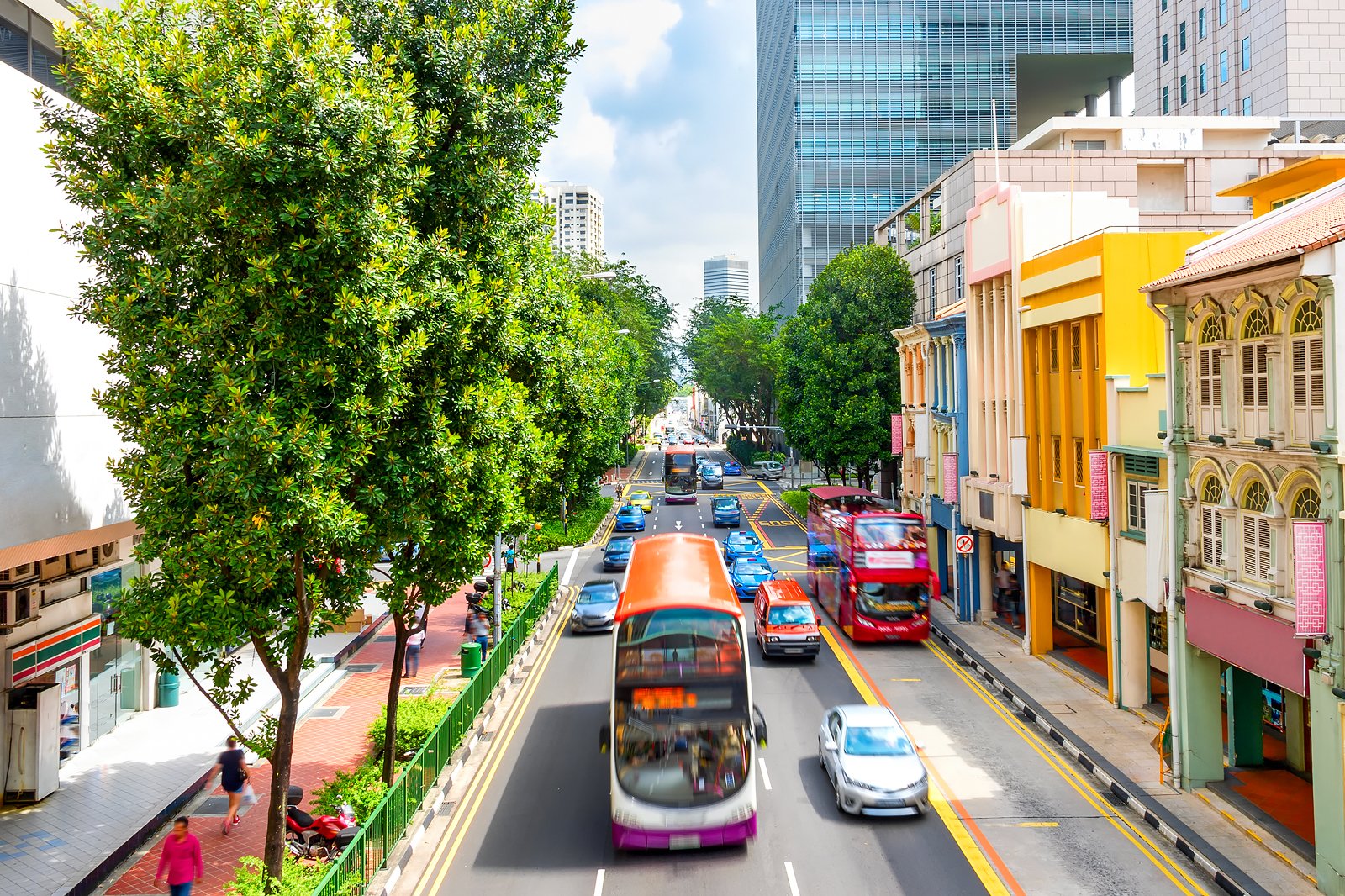
Taxis :
Although there may be a wait during rush hour, taxis are inexpensive and widely available across Singapore. Only the approved taxi ranks in the city’s center can use to hail a cab. The base rate ranges from $2.80 to $3.20, and each additional 385 meters incurs a $0.20 fee.
Easy Link:
Purchasing the EZ Link card will save you money on train and bus fares if you intend to remain in Singapore for more than a week. You may easily purchase these cards from an MRT station, and they provide you access to discounts of up to 30%.
Why Singapore has the best transport system?
Public transportation in Singapore is quite convenient and reasonably priced. The nation ranks well on several other criteria, including influence, ticketing systems, traveler comfort, and electronic services. The government implemented significant policy changes in 2013 to increase the affordability of public transportation. For instance, fare reviewing gets utilized. Along with seven other key reforms, free for kids and a 15% discount for low-wage adult workers get implemented nationwide. The “Ez-Link” or “public transportation ticket” is a helpful electronic card that works like a debit card. Concessionary cards get made available for elders, students, and those with disabilities.
Does Singapore have public transportation?
Because of its small size, Singapore has an unfair advantage because its incredibly effective government has created a public transportation system that makes getting from point A to point B an absolute breeze. Consequently, travelers who want to go shopping at Orchard Road in the morning, visit the Singapore Zoo in the afternoon, and catch a flight in the evening at Singapore Changi Airport may take the bus or MRT and get to each location on time, nearly without any hassle or delay.
Fortunately, due to its efficiency, Singapore’s public transit system is simple to use from the moment you land.
A Guide to MRT Riding:
Launched in 1987, Singapore’s Mass Rapid Transit (MRT) has steadily expanded to serve most of the island nation, from Changi Airport through its Business Development and tourist destinations to its residential suburbs. There are 130 stations and six lines running throughout the island. For example, the Orchard Station on the North-South Line has the station code NS22. Each station has a name depending on the line and a sequential number. While the MRT network of routes allow users to switch lines without leaving the paid area, some more recently constructed crossings require commuters to walk considerable lengths to go from one track to the next.
Using the Bus System in Singapore:
The basic bus services in Singapore have a wide range even though the MRT is faster. It is an extensive network that covers remote public housing estates that are out of the way and inaccessible by train. SBS Transit (sbstransit.com.sg) and SMRT Buses, two bus companies, unlimited travel across Singapore from 5:30 a.m. to midnight, varying from five to thirty minutes. Extended night transportation niche bus services (Nite Owl from SBS and NightRider from SMRT) operate after midnight and cover condensed routes in Singapore until two in the morning. The ez-link card get used by Singapore’s buses and the MRT for electronic ticketing. You may also pay in cash, but only with precise changes.
Riding Taxis and ride-sharing in Singapore:
In Singapore, many taxis are much more expensive. To hail a cab, look for a marked taxi line stand, or use their smartphone app or phone number to request a pick-up from your location.
How to Ride the MRT:
The Singaporean city-complete state’s rail integrated network gets supported by the Mass Fast Transport, or MRT, a rapid transit network that runs throughout the entire city-state. The MRT is easy to use and secure. There are four main lines and a new Downtown Line, and the latter has six completed stops and will soon have more. Go to the ticket lines and select the destination station’s name on the map to purchase a ticket. The fare will automatically show. Once the necessary coins or notes get inserted, the machine will release the token.
A few other observations regarding the MRT:
- You can only purchase one one-way ticket to your destination at a time; purchasing several tickets at the ticket office is not an option if you are traveling in a group.
- Keep modest change on hand; no large than $10 bills; otherwise, the vending machine will return it. The ticket window will provide change.
- When purchasing return tickets, it is better to get your refund as the plastic pass cannot recharge, and the process takes longer than buying a ticket.
- From personal experience, if your ticket doesn’t function at the exit station, try a different exit before asking an MRT official for assistance. The MRT official will test your train ticket on the same machine and inform you that you are at the wrong station.
- Another choice for paying for MRT rides is to have an EZ-link pass or NETS Flashpay card. These can purchase at ticket counters at MRT stations or Translink offices. Quick and easy to use. No more rummaging for change to buy single fare tickets.
- A word of advice Make sure the gates are closed before touching your passcard on the scanner when you are following someone through the gates.
- Steer clear of peak hours. The worst time to use the MRT is during rush hour, notably on the East-West, North-South, and North East lines. There is almost any room to move on the trains because they are so crowded.
Are Singapore buses 24 hours?
Four bus companies (SBS Transit, SMRT Buses, Tower Transit, and Go-Ahead Singapore) operate Singapore’s public buses, which provide reasonably priced and practical transportation throughout the island. City Direct, Premium, and Free Shuttle Buses are available from private vehicles as an alternative form of transportation. A spokeswoman for Causeway Link, the company that operates the service, stated that the bus gets scheduled to leave after 11 p.m. every 45 minutes. Around one in the morning, 8 World News noticed that there weren’t many people using the 24-hour service.
However, many who were present were appreciative that this service is now accessible. It could have a nice meal before returning to JB, according to one of them, who claimed they did not need to take a taxi, which costs more than S$10. The service is a godsend for one employee whose shift ends at midnight because they can still get home in the middle of the night. The bus firm noted that more information gives when appropriate. By Friday, more people get anticipated to use the 24-hour bus service, according to the operator.


